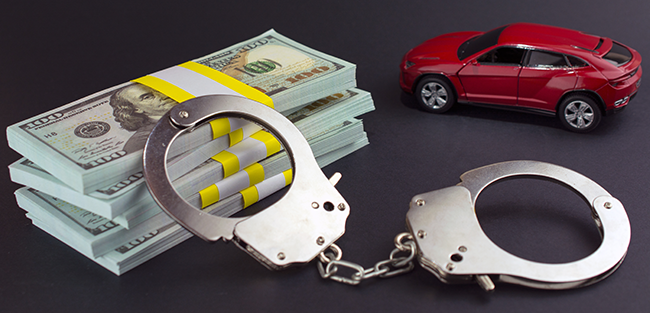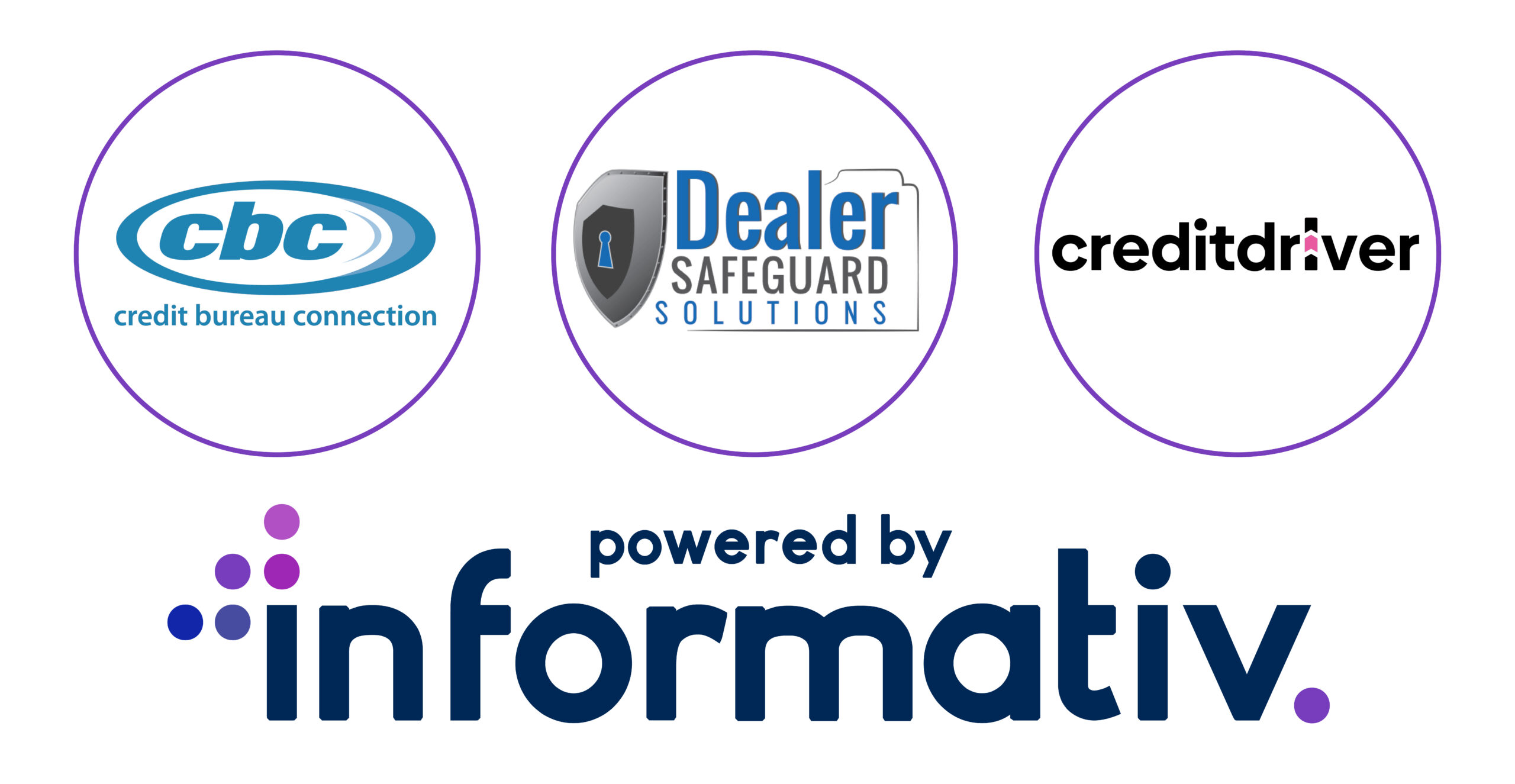
This article will discuss the best way to stop gambling and start protecting your business from fraudulent activity.

Sponsored by Credit Bureau Connection
November 1, 2021 • by Jeff VanOrnam
Fraud has been around since the beginning of time. However, in the current era, fraudsters have evolved into sophisticated gangs of criminals. Data specialists and authorities spend endless hours crunching stats and developing tools to slow down these thugs, but the ability to stop them altogether is nowhere on the horizon. This article will discuss the best way to stop gambling and start protecting your business from fraudulent activity.
The first step to thwart fraud is education. All personnel involved in the auto sales process should know what to look for before and during the sale or lease of a vehicle.
It would help if you had a plan to mitigate fraud. No matter if you are a single roof-top dealership in a small town, have multiple roof-tops across the nation, or fall somewhere in-between, it’s a must to have a trusted Red Flags program and proper identity verification tools at the ready. It is your responsibility to verify the identity of your applicants, not solely the lender’s responsibility.
The buying public is quick to hear about automotive dealers defrauding consumers using deceptive sales tactics, but what about consumers intentionally defrauding an auto dealership? Those occurrences are becoming more and more frequent and are rarely publicized, and for good reasons. No dealer wants to announce fraudsters have victimized them.
The time to act is now! Don’t wait until you become a victim of fraud.
What is the most common type of fraud in the automotive dealership space?
Identity Fraud. Identity fraud is the intentional misuse of personally identifiable information, or “PII,” by identity theft or the creation of synthetic identities. Identity fraud comes in two primary forms:
- First-party Fraud – First-party fraud refers to any instance when an individual or individuals makes a promise of future repayments in exchange for goods or services without the intent to repay (first payment default). The fraudster might accomplish this by applying for an auto loan or credit card they won’t pay back or misrepresenting their financial situation to get a more favorable rate.
- Third-party Fraud – Third-party fraud is any fraud committed against a financial institution or merchant by an unrelated or unknown third party and has a multitude of classifications. Third-party fraud includes the theft of someone’s identity as well as the creation of a synthetic identity.
How Do You Prevent Identity Fraud?
As they say in sports, “The best offense is a great defense.” Stop fraud before it happens by incorporating your red flags process or identity theft prevention program into advertising campaigns, websites, and social media outlets. Let your guests know you take their identity and privacy seriously. Not only will that provide awareness and peace of mind to your real guests, but it will also trickle through fraud networks’ catching eyes looking for their next target. Criminals always reach for the low-hanging fruit first.
Use a comprehensive Red Flags tool with access to several databases that return verified personal information. Never base a deal decision on the credit score alone. Always review the credit report thoroughly, checking for any first-payment default trends or inconsistencies in the applicant data provided and what appears on the credit report.
Require a cell phone number and personal email address. Cell phones and email are the two pieces of information most people have and don’t change frequently. Plus, it is much harder for fraudsters to gain access to a cell phone or email account. It’s easy to confirm the information with a quick call, text, or email. Remember, these methods of verification require permission, so make sure to get consent first.
Consider income and employment verification tools. Also, verify every applicant ID in the sales process using only a proven and trusted tool to authenticate the driver’s license, identity card, or passport. Make sure the ID checker searches multiple databases that cross-reference all data points captured.
Are you already using a driver’s license OCR scanner? Scanners often only read the information on the ID and tell you if it’s not expired or simply decode the data from the ID. Scanners do not verify against fraud or falsified IDs or verify the authenticity of the ID document. Driver’s license scanners are great tools for extracting data from an ID; however, if that’s all it’s doing, don’t rely on that as a theft protection tool.
Don’t gamble by thinking it’ll never happen to you. Use the additional measures mentioned above to verify the identity of your applicants. If you begin your qualification process with a soft-pull or pull credit after landing an applicant on a vehicle, use an identity verification tool that provides in-depth, multi-database, layered verifications. Contact a trusted compliance provider such as Credit Bureau Connection and get started today.
